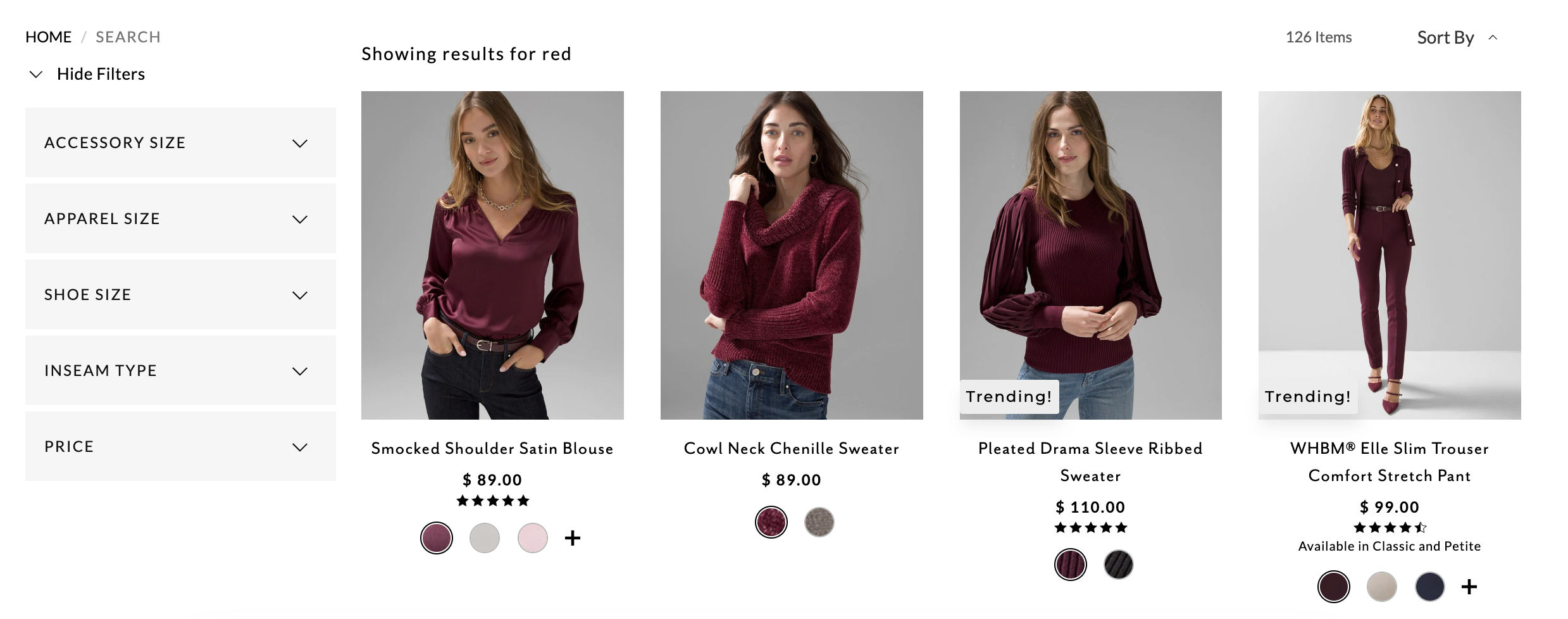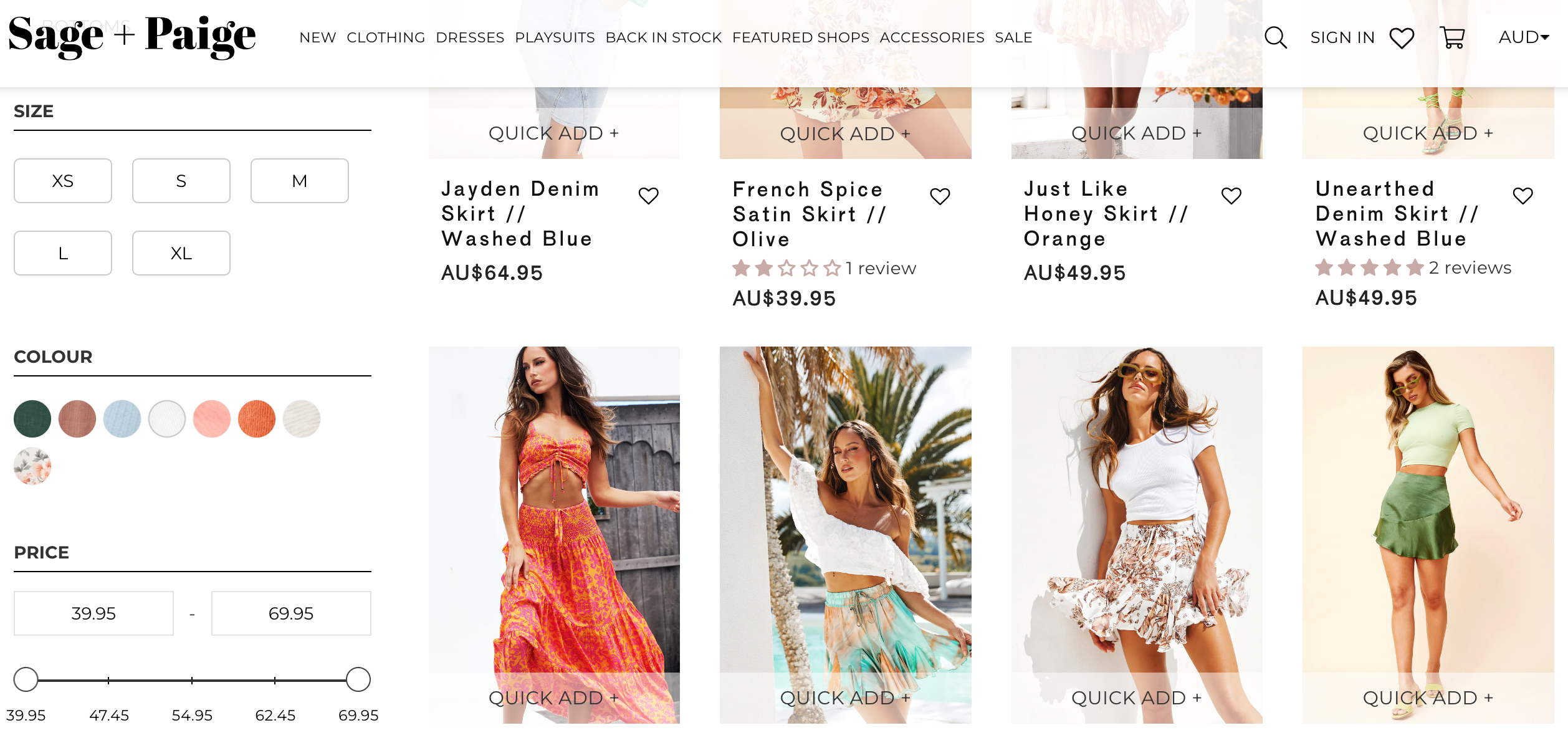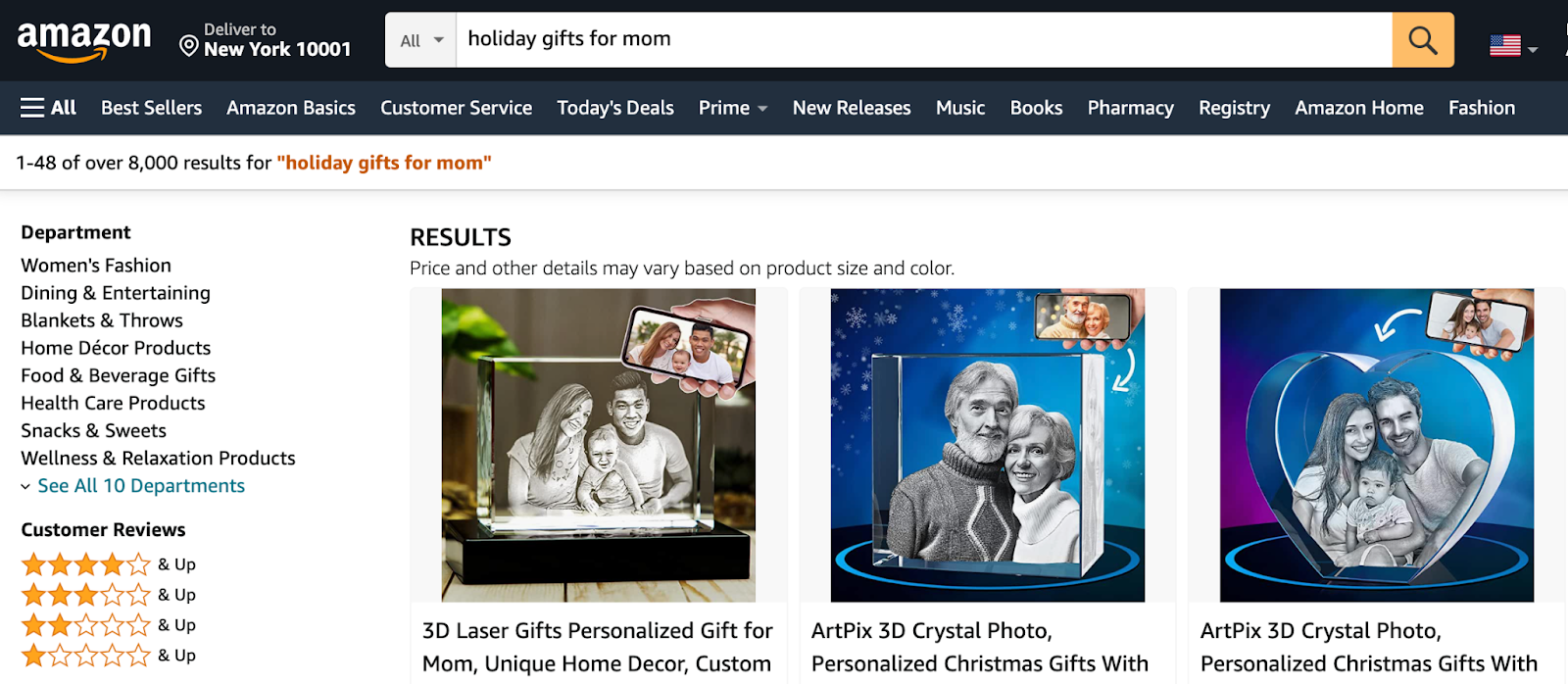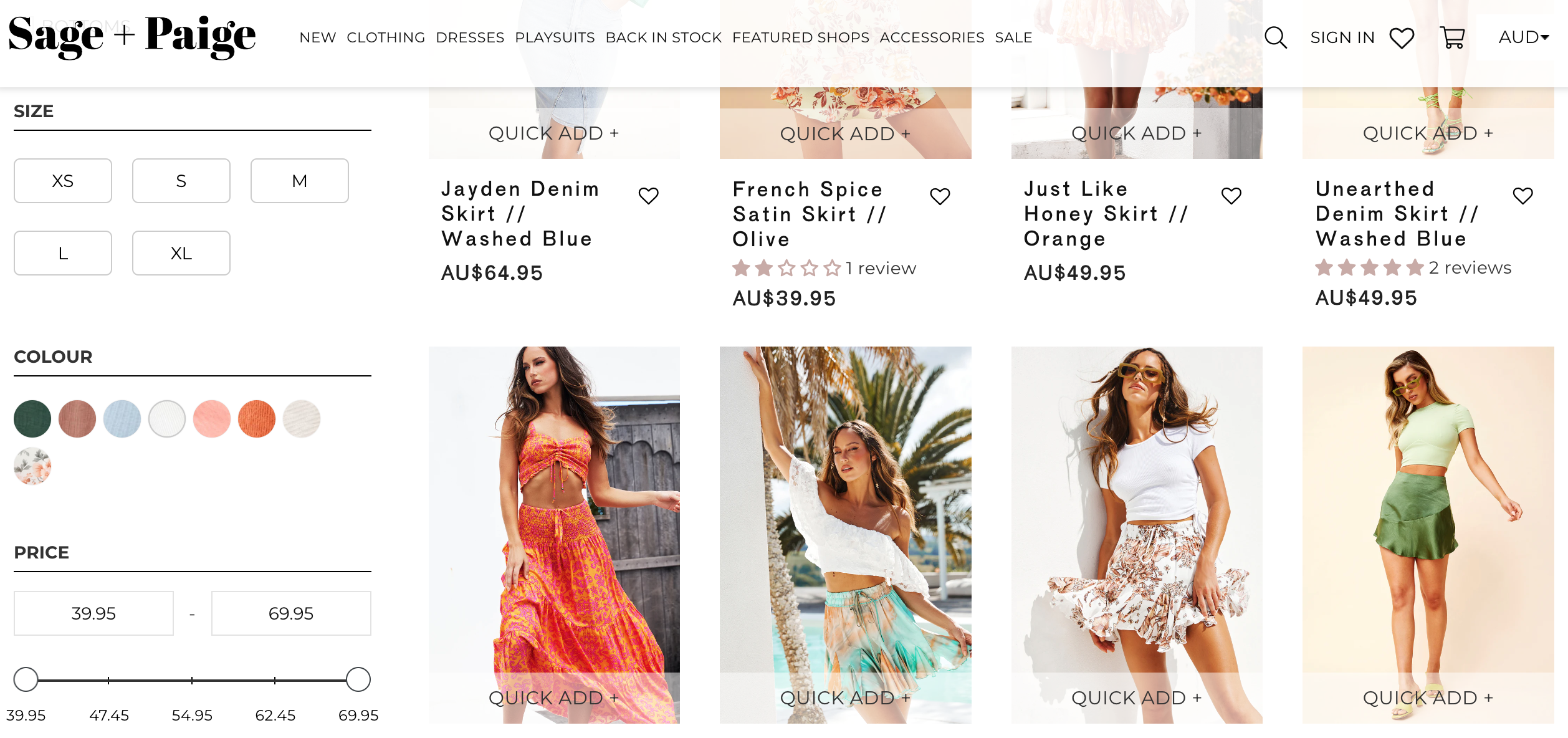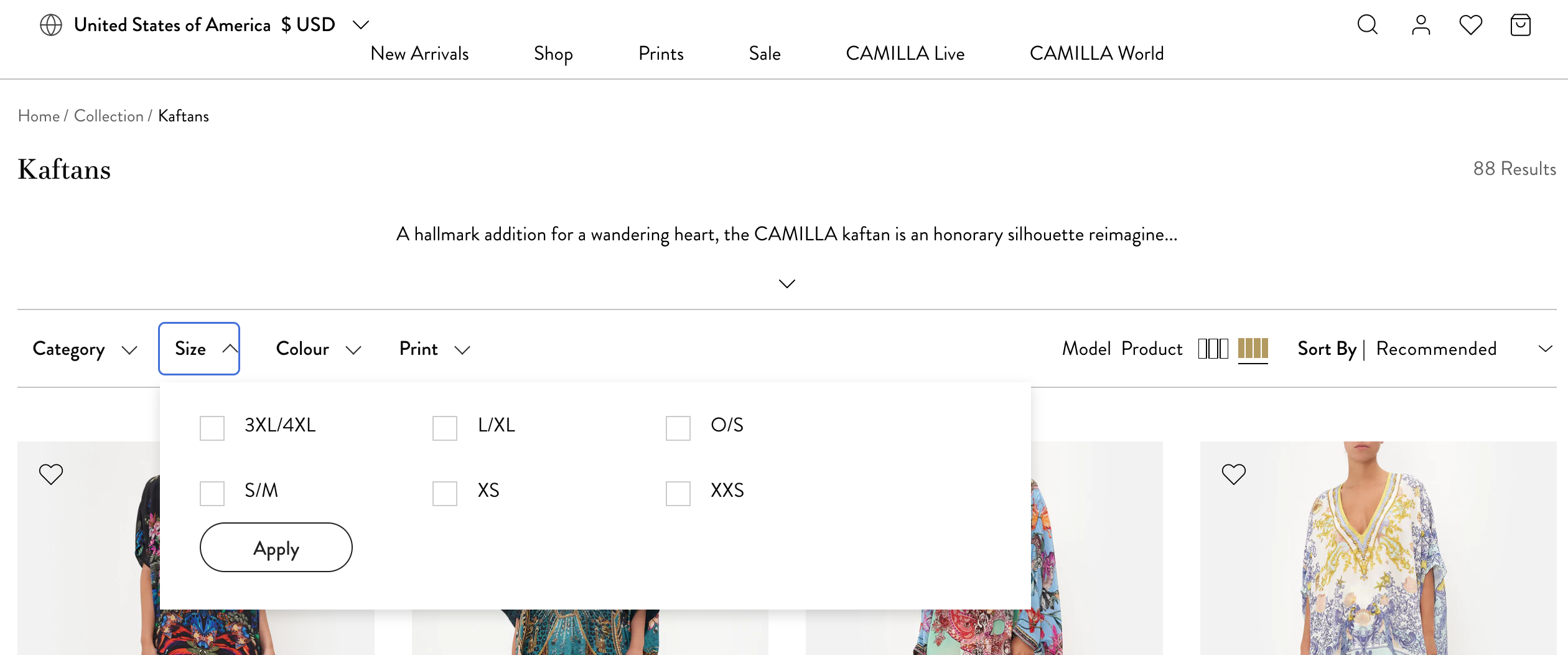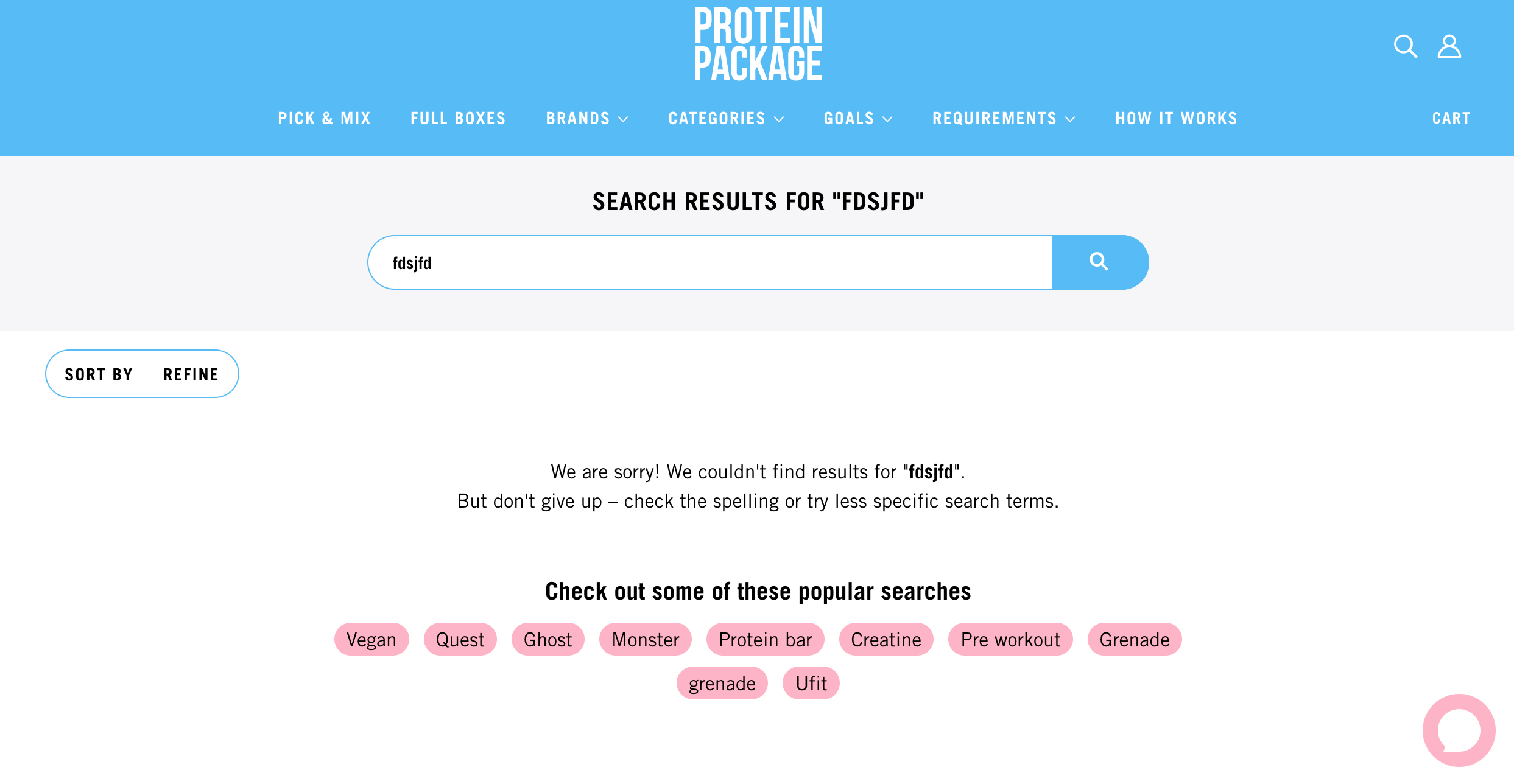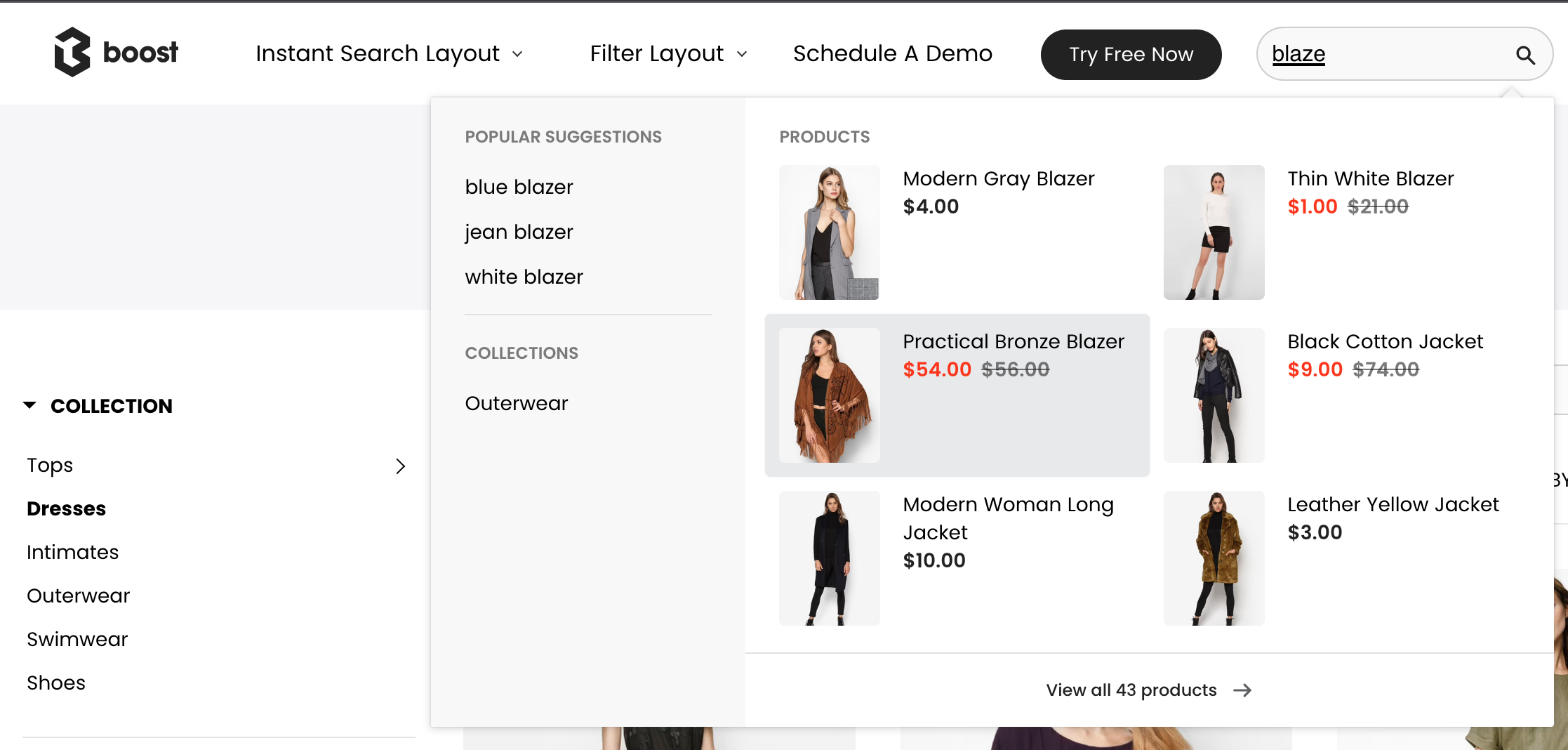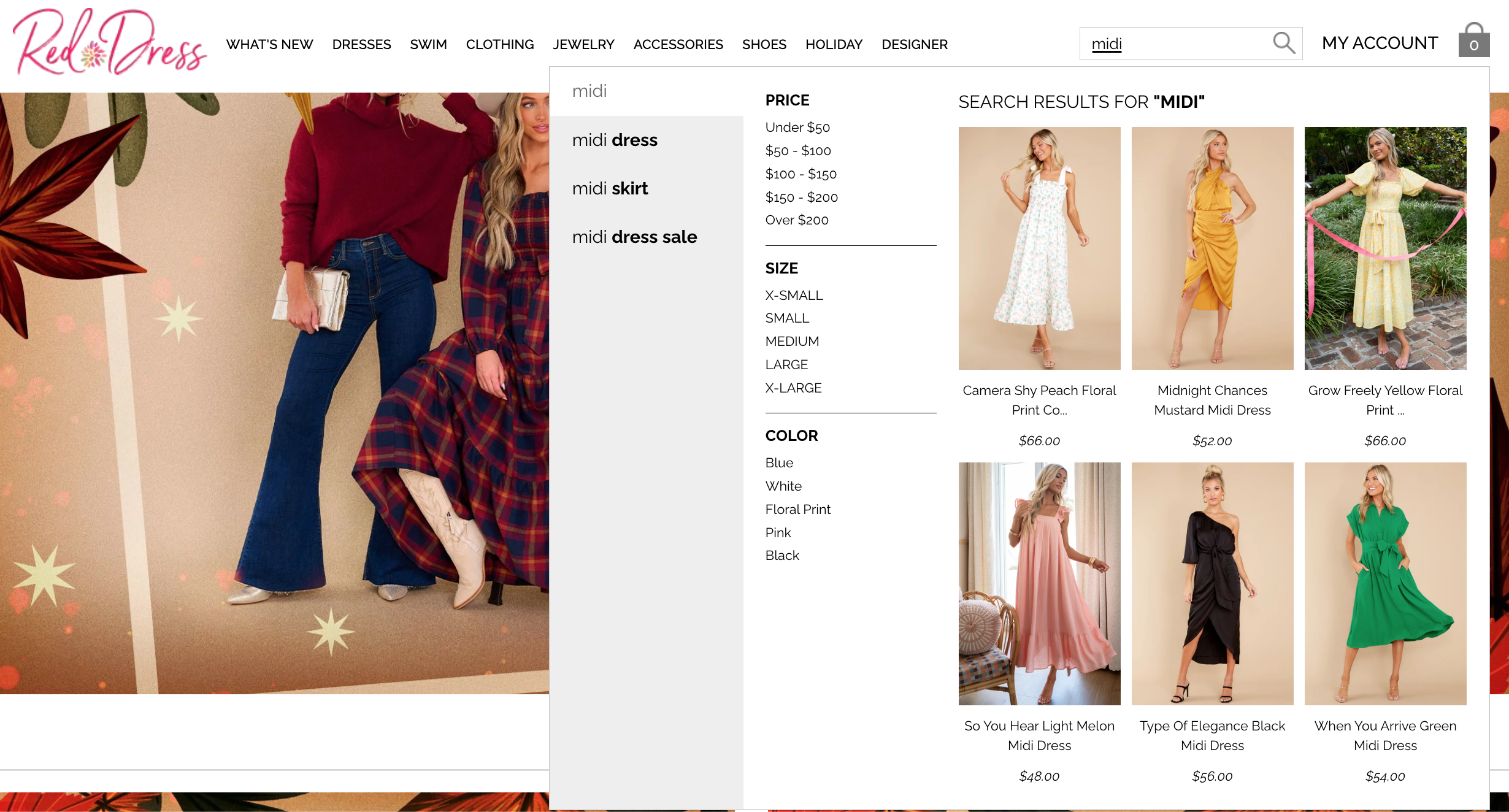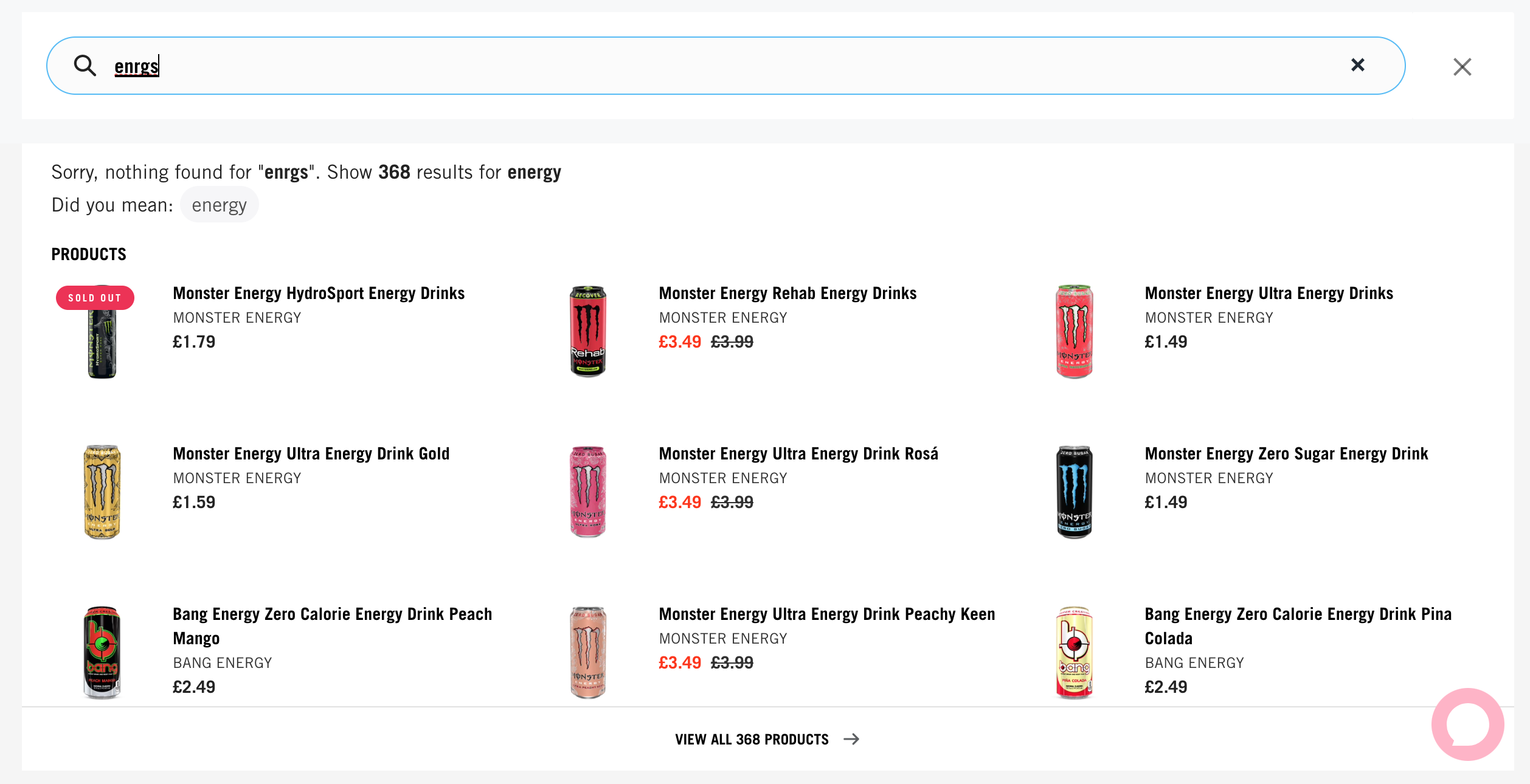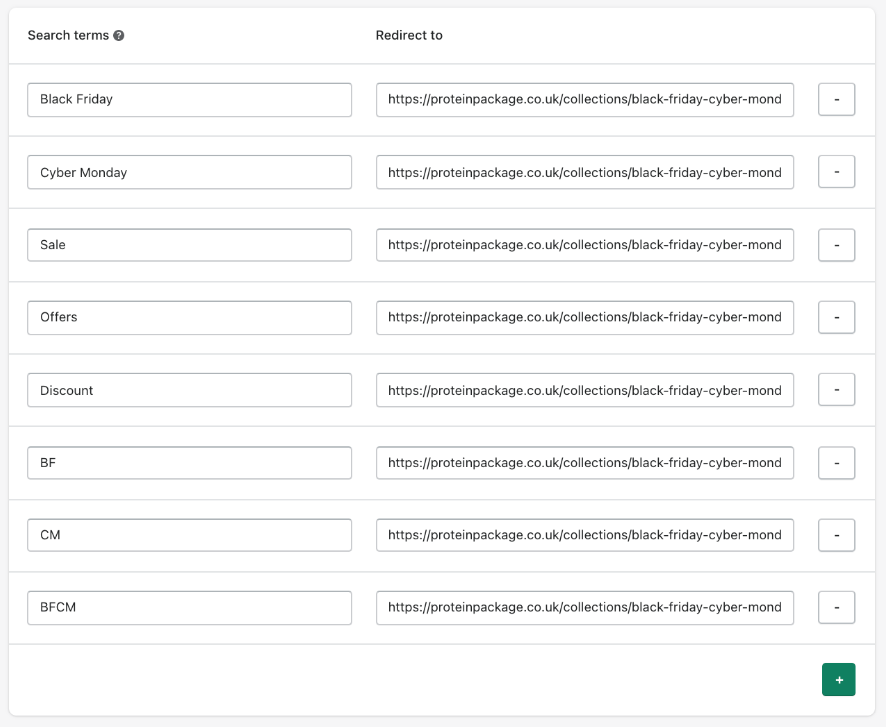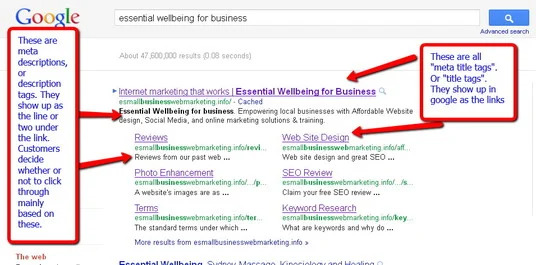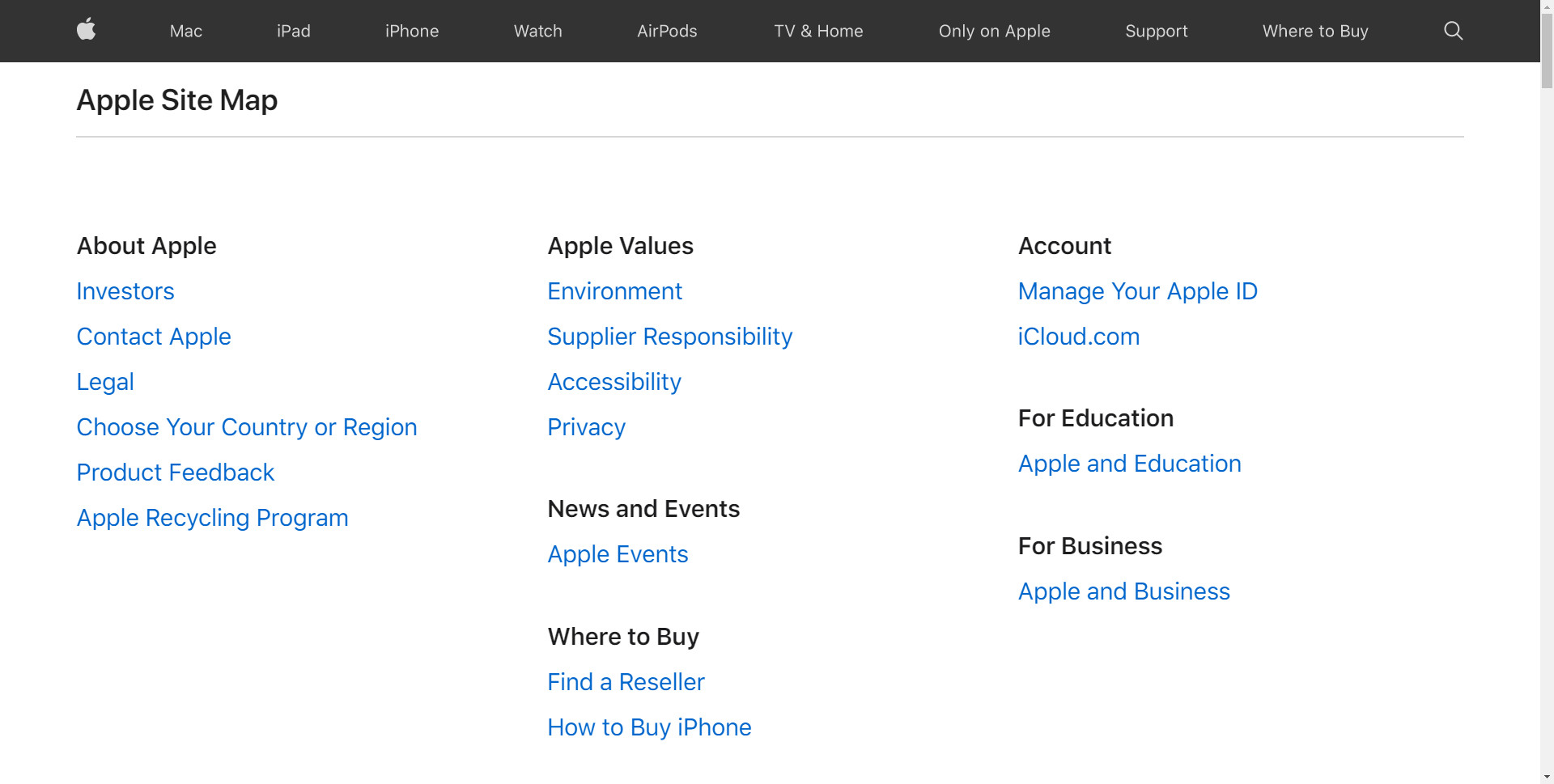One of the most important shopping days of the year is Black Friday. Even if it means standing in long lines, savvy shoppers look forward to the deals. Brands all over the world take advantage of the shopping frenzy by slashing prices left and right.
This day is the official start of the Christmas shopping season. So, if your business is related to eCommerce and retail sales, it’s crucial that you prepare your platform for the crazy shopping season to come.
So, if you want your own efforts to be rewarded with an increase in sales, you must do your best to ensure that your Black Friday deals receive the necessary client engagement.
Black Friday is the one day of the year when you can earn a lot of money while also lowering the cost of your inventory. You can entice customers to make a purchase if you create a dedicated Black Friday landing page.
Thankfully, there is no need to create the wheel from scratch. You can generate a ton of sales by simply adhering to useful advice on how to design an effective Black Friday landing page.
Before I get into the specifics, it’s crucial to understand that promoting your Black Friday deals involves more than just designing an appealing website.
A clever marketing and social media campaign must be developed in advance of the two days of crazy shopping. These social media platforms can increase traffic to your Black Friday landing page, increasing the likelihood that you will achieve impressive sales figures.
I. What Is A Landing Page?
Your website’s landing pages are web pages created especially for a marketing campaign. A landing page, unlike any other page on your website, is created with a single conversion objective in mind.
Its objective may be to persuade visitors to buy something from you or to join your email list.
A landing page is an ideal option for advertising and marketing campaigns because of its specificity. Directly directing Facebook Ad traffic to your homepage is equivalent to flushing your money down the drain.
A landing page created especially for a single conversion objective converts much more frequently than your homepage or any other generic page.
With different page designs and content, landing pages let you market to a variety of demographics. The higher your conversion rate, the more specifically written your copy is for a particular audience.
In fact, Hubspot claims that businesses with 30 or more landing pages produce 7 times as many leads as those with just 10.
II. Tips to Design Black Friday Landing Pages
1. Make Your Message Simple and Clear
When creating an effective landing page design, the emphasis should be on a single product, service, or event. Since we’re talking about how to create a smart and catchy Black Friday deals website, it’s critical to focus on the comprehensive presentation of your deals.
2. Keep the UX Design Simple
Building an effective Black Friday deals website entails simplifying the user experience and delivering a stress-free online purchasing experience. Keeping the number of items displayed on your online store to a minimum increase the likelihood that users will notice your selling points and make positive purchasing decisions at the end of their browsing sessions.
3. Make It Quick-to-Load
A web user will not wait a minute for the content of your Black Friday website to load. A person’s decision to stay on your online store and browse through your content takes no more than three seconds. A black Friday landing page is a page designed to entice your web audience to convert at the end of their browsing session. As a result, the quicker your content loads, the better.
Source: mngroup
Furthermore, when developing your Black Friday deals website, ensure that it can flawlessly adjust content to all screen sizes. According to the most recent eCommerce statistics, the use of smartphones for online purchases is skyrocketing.
4. Run Page Loading Tests Regularly
It’s essential to monitor loading speeds, especially during the busy season of Black Friday sales. Whatever changes you make to the landing page design, make sure they do not slow down your site. Even if you haven’t made any recent changes, if you notice a drop in customer activity or lower sales figures, test the page loading speed. A tool like Google PageSpeed can tell you how quickly a web page loads on desktop and mobile devices.
5. Keeps CTAs Clear
When it comes to the organization of calls to action on your website, make sure that your main message is clear to your visitors. CTAs should be simple to find, even for first-time visitors. These must be obvious and compelling so that your visitors understand what actions they must take without much thought.
When discussing the most effective examples of clear CTAs, I can mention structures like Byt Now, Sign Up, Book Here, and so on. These are simple enough that people will understand what to do next and what will happen once they click through.
6. Navigation as Promotion
One of the most common mistakes advertisers make when developing a Black Friday deals website is removing any extra navigation elements. Instead, you must draw your customers’ attention to all categories of items that can be purchased at a reduced price. You can either add navigation patterns to banners or place a standard navigation bar with Black Friday deals on your website. People will be able to notice which deals appeal to them the most and navigate to the appropriate catalogs or pages with a single click.
7. Place Banners above the Fold
The Black Friday weekend is one of the busiest shopping days of the year. Online shoppers are eager to find the best deals available. So, in order to get their attention and make them stop and stare, you must use the best bold banners displaying your giveaways, offers, and deals.
8. Headline and Content
When customers land on your page, the headline is the first thing that catches their attention – you need to announce subtly for the visitors the reason for running this landing page, normally, it is the best way to put the BLACK FRIDAY SALES or CYBER MONDAY SALES with bold and large text in the page space.
9. Background Picture, Video and Theme Color
Remember to create an appealing yet simple background for your landing page. With a beautiful and consistent design, you can raise brand awareness.
10. Mobile Layout
People nowadays do everything with their smartphones. As a result, merchants must always adopt a “mobile first” mindset. Assume that when a user searches for “Black Friday/Cyber Monday Sale” on their mobile browser, your landing page will be able to display the results.
11. Make Use of Page Builder Shopify App for Landing Pages
A landing page builder typically provides a simple drag-and-drop interface and allows you to edit each element of your landing page as you see it. Essentially, whatever you see on your landing page while editing it is what you will see when you publish it.
This allows you to create amazing landing pages on your own without having any knowledge of design or coding.
If you’ve been looking for a Shopify page builder app, you’ve probably come across PageFly. This Shopify app is available in over 150,000 stores and has received positive feedback. The majority of the reviewers mention the excellent free support provided by the team.
PageFly is one of the most popular landing page builders that focuses on ease of use. It enables you to create stunning landing and product pages without any coding. The best part is that it has a free plan.
It allows you to edit your page in real-time and see the final result before hitting the publish button. The sidebar on the left allows you to customize any element on the page.
It’s smooth and faster than coding by yourself when you are a programming noob. It works better than the other similar tools on the market in my opinion.
Let’s take a quick look at the pros and cons of this Landing Page Builder App below:
Pros:
01. 24/7 Live chat support
PageFly has a great, easy-to-navigate knowledge base. Their support is responsive and helps to solve problems every time. There are many different tutorials, articles, and videos on it. It also has a superb “Best Practice” section where you can learn how to utilize the platform to its fullest potential.
If you require assistance, you can use the ticket system to submit your inquiry or, if you prefer, you can join the Facebook community and ask other users for help.
02. Build Several Pages On your Store
With PageFly, you can build various types of Shopify pages, such as home, collection, product and custom landing pages.
03. Customize Everything on The Page
The pages you create will be fully responsive and work on tablets, desktops, and mobile devices. Additionally, you can adjust each and every element with your complete control over the page.
04. Take Care of Your Sales Along with SEO
- Make use of the inbuilt Pagefly Shopify app to take care of SEO
- Create FOMO to increase and fasten conversions
- Get testimonial and trust-building elements
- Show your social media presence via Pagefly
05. Pricing
They do have a free plan, which is ideal for someone who wants to make just a few pages—like a landing page and a about me page, for example. It’s important to keep in mind that the free plan lacks many of the better page elements.
Cons:
01. Refresh Page From Time To Time
When I have to refresh the editor page to see the actual content that will be published, for instance, I sometimes think the system is buggy. This means that what I see in the editor and what their server actually records are two different things. It occasionally happens, especially if you don’t do anything on your editor page. It took me a while to learn about this issue. I’m hoping they can enhance the performance or resolve this problem.
02 Third-Party Integration
Other Page Builder Apps like Shogun has built-in analytics and split testing, whereas with PageFly you have to integrate with third-party analytics.
Is the PageFly Shopify App Worth It?
A good Shopify page builder is like a color and your store is a canvas. To paint a canvas, you need great colors.
No one is going to look at the empty or disorganized store, right? Why not use the PageFly Shopify app, which offers modern SEO features, to paint yours?
Therefore, the app is completely worthwhile, and using its free plan is not wrong. Switch your store page builder if you don’t like the platform. I’d strongly advise giving the platform a try.
You will, I’m sure, share my love for its elegant simplicity and striking designs.
7 High-converting Black Friday Landing Page Examples
Every marketing strategy requires a focal point, and nothing beats a dedicated landing page for your successful Black Friday campaign.
For the majority of your customers, your Black Friday landing page serves as the entry point to making a purchase. This is the page where you present your offer in the best possible light and convince visitors to click the buy button.
Keeping this in mind, here are some of our favorite Black Friday landing page examples. Use these as examples when deciding what to include in your own Black Friday landing page.
Here are some of the best Black Friday landing page examples I found that can help you gather a few inspiring ideas on how to promote your Shopify store.
Tony Robbins celebrated the start of the Christmas holiday season with a powerful warm-hearted image on the hero section of his landing page for his holiday marketing campaign last year. He sent out inspiring and loving messages that prompted people to show their affection through the purchase of gifts, emphasizing emotion and the need to spend quality time with loved ones.
Tony used a quiz to help those who weren’t ready to buy figure out what they needed. Instead of leaving the site right away, site visitors had another reason to stay a little longer, increasing the chances of purchasing.
Unlike retailers, most online entrepreneurs do not invest heavily in Black Friday web design and relevant creatives. In this example, Tony simply greets site visitors and encourages them to click on the call-to-action button, which takes them to the products page.
The products page was extremely simple to use. You can see the various shopping categories on the left-hand side, such as productivity and performance, career and business, love and relationships, and many more.
The product description was in the center, and on the right, there were ‘Shop Now’ CTAs that took users directly to the checkout page.
Tessa Arias, a trained chef and cookie queen, runs Handle the Heat. She shows her audience various baking recipes and explains the science behind them. Here’s a screenshot of her Black Friday landing page, which features a discounted bundle of her baking books and classes:
Thanks to the prominent imagery and high color contrast in the headline copy, your attention is immediately drawn to the offer when you arrive on the page.
Tessa does an excellent job of emphasizing the value of her offer by stating how much I will save over the regular price. She also raises the stakes by stating that it is only available for a limited time and will not be repeated.
Tessa provides a rundown of all the features and benefits contained within the bundle as I scroll down the page. To ensure that visitors have every opportunity to make a purchase, each rundown is separated by a prominent call-to-action button.
Passion for Savings is a money-saving website that features printable coupons, online deals, and money-saving advice.
Passion for Savings offers coupons, online deals, and money-saving advice. The company chose a hero image that shows that the sales season has officially begun for this year’s Black Friday campaign. There is also a CTA button that takes them directly to the main page of interest, with the intention of leading people to check out the Black Friday deals.
Further down the page, the landing page section divider serves as an excellent CTA button that is difficult to overlook. It accomplishes this without interfering with the flow of the copy or impeding other important elements on the page.
This headline links to two other pages on the site: Best Black Friday Deals and Black Friday Alerts.
The Winery at Bull Run, sells award-winning wines and provides artisanal wine-tasting experiences. The company offered an exclusive deal every hour for eight hours during their 2019 Black Friday campaign.
You can find the full landing page here.
The monochrome page design is simple and elegant, and it complements the overall “Black” Friday theme. Furthermore, by emphasizing that this is a “online only” offer, the page manages to increase the promotion’s exclusivity.
A prominent countdown timer serves as a compelling reminder to customers that they only have a limited time to take advantage of the company’s special offers.
Each special offer is explained in greater detail further down the page and is organized by the hour it is available.
Oh Hot GRAM was a hairstylist and salon-designed course. It teaches other hairstylists how to use Instagram to grow their business. Despite the fact that this Black Friday landing page is longer than most, every piece of information is designed to overcome customer objections and persuade visitors to sign up.
Check out the full landing page here.
Jamie goes to great lengths to tee up her offer by highlighting three major pain points that she knows her target audience is experiencing. By emphasizing these problems early on, readers are left eager to learn more about the solution:
Positive reviews like these from real people are often what help convince fence-sitting leads to become new customers when it comes to social proof.
It explains in detail what each module of her course entails. This reassures potential customers by explaining exactly what they’re paying for.
Vimeo’s landing page was designed to promote the Cyber Monday holiday sale, which occurs immediately following the Black Friday weekend. In general, combining these two holidays in the same campaign is quite common. To spice things up, the company created their own version of the day, dubbed ‘Cyborg’ Monday, which is enticing enough to entice users to check it out.
The special offer is effectively communicated, as are the benefits and pricing information. The way Vimeo addresses its potential customers stands out in this example.
Speaking directly to the target audience and addressing them as ‘Vimean’ is a powerful brand-building strategy. It also appears to be an invitation to join their online community.
Vimeo offered a 25% discount on annual memberships and provided a promotional code for users to enter on the checkout page. The offer is only valid for ‘One day only,’ which is written in capital letters to convey urgency.
The biggest deal of the year is featured on JoomlaShine’s landing page template, and the company wants customers to know about it. What’s great about this example is that they tell their target audience that they don’t do this very often, reinforcing the idea that this is a huge opportunity to invest in.
The countdown timer is an effective component of the marketing campaign because it encourages site visitors to act quickly. If they are interested in the product, they must act quickly because the 50 percent Black Friday offer is only available for 72 hours.
The opportunity to subscribe to the email newsletter is also perfectly placed here, as it appears right next to the countdown timer and allows subscribers to act immediately.
Conclusion
Black Friday is just the beginning of a long season of grand winter sales. Prepare for the busy season by creating eye-catching web designs for your landing pages. Stop daydreaming about increased sales and start acting now!
To create an amazing landing page, pay attention to all of the essential elements that will feature your special course bundle or offer.
Here’s a checklist that I have prepared for an effective black Friday landing page.



